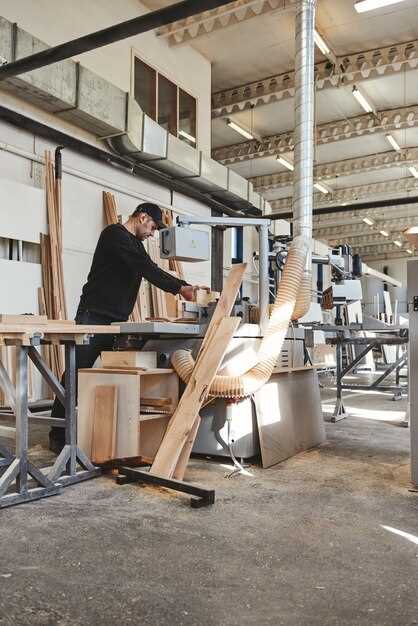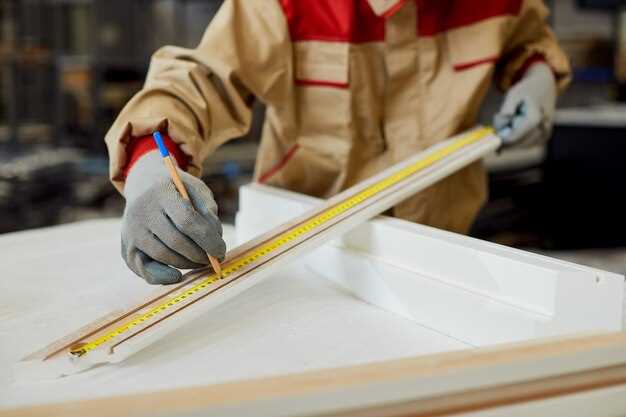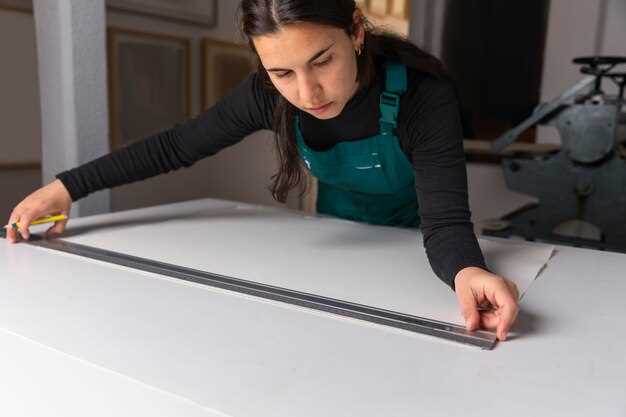
Establishing a dedicated fabrication corner in your workshop can significantly enhance your productivity and creativity. This setup not only allows for efficient use of space but also provides a focused area where you can execute your projects with ease. The right tools and organization can transform a cluttered workspace into an inspiring environment tailored for your fabrication needs.
To create an effective fabrication corner, it’s essential to consider the layout and the workflow of your workshop. Addressing factors like accessibility to tools, ventilation for hazardous materials, and proper lighting will play a critical role in your setup. A well-organized fabrication corner will streamline your process, allowing you to tackle various projects without the distraction of a disorganized space.
In this article, we will guide you through the steps needed to design and implement a functional and efficient fabrication corner in your workshop. Whether you are a hobbyist or a professional, these tips will help you make the most out of your workshop environment, ensuring that you have all the essentials at your fingertips while keeping safety and efficiency in mind.
Choosing the Right Tools and Equipment for Your Fabrication Setup
Selecting the appropriate tools and equipment is crucial for an efficient fabrication setup. The right tools not only enhance productivity but also improve the quality of your work. Start by assessing the specific types of fabrication projects you’ll be undertaking. This will help you determine the essential tools needed for your setup.
For basic fabrication tasks, consider investing in essential hand tools such as chisels, hammers, and wrenches. These tools form the backbone of any workshop and are versatile enough for various applications. Additionally, a good range of power tools, including drills, saws, and grinders, will significantly expedite the fabrication process.
Beyond hand and power tools, evaluate the necessity of specialized equipment based on your projects. Welding machines, plasma cutters, and CNC machines are vital for complex fabrications. These tools allow for precision and versatility in shaping materials. When selecting such equipment, prioritize quality over price, as a reliable machine will yield better results and have a longer lifespan.
Safety gear should also be an integral part of your fabrication setup. Invest in protective eyewear, gloves, ear protection, and respiratory masks to safeguard against potential hazards. A well-equipped workshop not only fosters creativity but also ensures the safety of everyone involved in the fabrication process.
Finally, consider the space available in your workshop. Optimize tool placement for efficiency and accessibility. A well-organized fabrication setup will facilitate smooth workflows and minimize downtime during projects. Ensure that you have the necessary storage solutions for tools and materials to maintain a clutter-free work environment.
Organizing Workspace for Maximum Productivity and Safety

Creating an efficient workshop setup involves careful organization to enhance both productivity and safety. A well-structured workspace not only facilitates better workflow but also minimizes risks associated with tools and materials.
To achieve an optimal organization in your workshop, consider the following strategies:
- Define Zones: Allocate specific areas for different tasks such as cutting, sanding, assembly, and storage. This minimizes movement and helps maintain focus.
- Use Vertical Space: Install shelves, pegboards, or wall-mounted tool organizers to keep tools and materials off work surfaces and within easy reach. This maximizes floor space and reduces clutter.
- Keep Frequently Used Items Accessible: Place tools and equipment that you use regularly within arm’s reach to streamline your workflow. Items used less often can be stored further away.
- Implement a Tool Storage System: Categorize tools in a systematic manner, such as by size or function. Clearly label storage areas to facilitate easy identification and retrieval.
- Maintain Cleanliness: Designate a clean-up routine at the end of each day. Regular cleaning prevents accidents and ensures that your workshop remains a productive space.
In addition to organizational strategies, safety considerations are equally important:
- Use Proper Lighting: Ensure your workspace is well-lit to avoid accidents and improve precision during tasks.
- Implement a First Aid Kit: Keep a well-stocked first aid kit readily accessible in your workshop. Familiarize yourself with its contents and have a plan for emergencies.
- Prioritize Ventilation: Adequate airflow is essential, especially when working with materials that produce fumes. Use fans or open windows to maintain air quality.
- Secure Loose Items: Store hazardous materials properly and keep the floor clear of obstacles to prevent trips and falls.
By thoughtfully organizing your workshop setup and considering safety measures, you can create a space that fosters productivity while reducing the risk of accidents. Regularly reassess and adjust your workspace as needed to keep it efficient and safe.
Implementing Workflow Strategies for Fabrication Projects

To maximize efficiency in your fabrication corner, adopting effective workflow strategies is essential. Begin by analyzing the entire fabrication process from start to finish, identifying each step involved in your projects. This analysis will guide you in arranging your workspace and equipment for optimal performance.
Strategize your setup by creating distinct zones for different tasks, such as cutting, assembling, and finishing. Each zone should be equipped with necessary tools and materials, reducing time spent moving between areas. Organizing your space based on the flow of work minimizes bottlenecks and streamlines operations.
Incorporate a project management system to track progress and timelines for each fabrication project. This system allows you to prioritize tasks, allocate resources effectively, and adjust schedules as needed. Digital tools can enhance communication within your team, ensuring everyone is up to date with project requirements.
Implementing a standardized workflow can also enhance consistency and reduce errors in fabrication. Establish clear protocols for common tasks, including safety measures, tool usage, and material handling. Training team members on these protocols ensures that all staff are on the same page, leading to a smoother workflow.
Regularly review and update your workflow strategies based on feedback and results. Continuous improvement should be a core aspect of your fabrication process. Analyzing completed projects can reveal areas for enhancement, enabling you to refine setups and procedures for future endeavors.
Ultimately, a well-structured workflow in your fabrication corner enhances productivity, reduces waste, and leads to higher quality outcomes. By systematically evaluating and optimizing your processes, you can create an efficient fabrication environment that meets the demands of any project.



